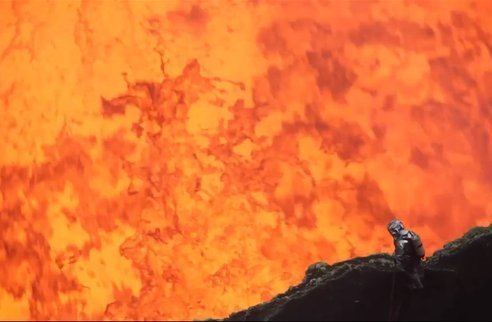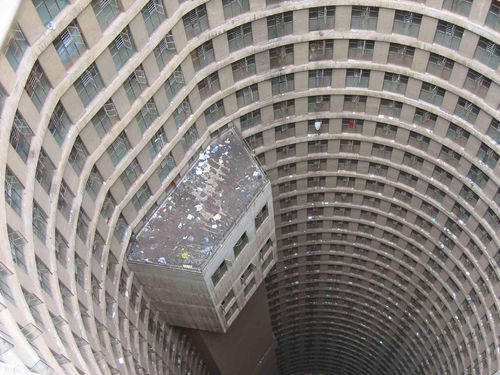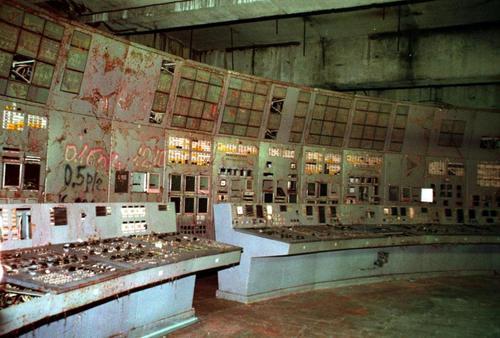Josh Conviser's Blog, page 27
September 25, 2012
September 23, 2012
September 22, 2012
abandonedporn:
Ponce City, Johannesburg, South Africa
abandonedporn:
Chernobyl Reactor 4 Control Panel
abandonedporn:
Passage - Davenport, California (by Jared...
September 19, 2012
"When you sell a man a book you don’t sell him 12 ounces of paper and ink and glue—you sell him a..."
-
Christopher Morley
The bookseller’s manifesto.
September 18, 2012
wbotd:
Fire Tornado
evocativesynthesis:
Reaching 100 feet high, the twirling flame...
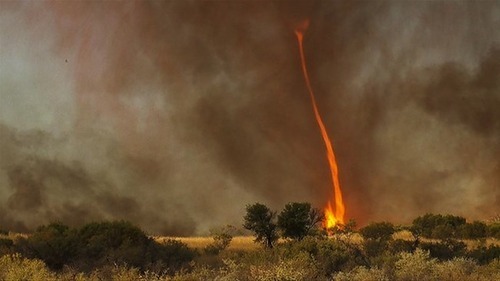
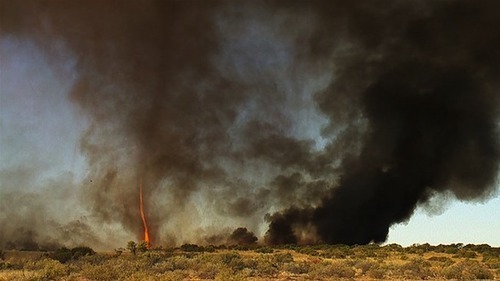
Reaching 100 feet high, the twirling flame was caught by filmmaker Chris Tangey on September 11th. The Australian writes:
In a show lasting some 40 minutes, Tangey says, the largest uprooted mulga trees and hurled them skywards, a “proper tornado”, while the most spectacular swallowed a bushfire, sending an arc of twisting orange up toward the heavens. “It was like a dance of giants, really,” Tangey says. “There was a red one, a black one, a white one and one made of fire.”
ikenbot:
Warp Drive May Be More Feasible Than Thought,...
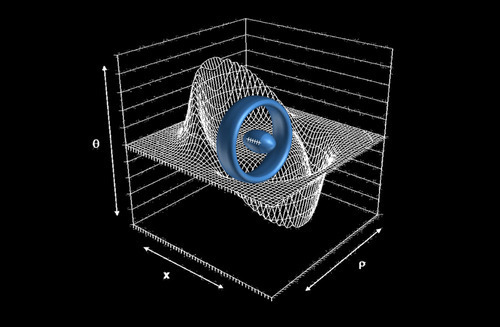
Warp Drive May Be More Feasible Than Thought, Scientists Say
A warp drive to achieve faster-than-light travel — a concept popularized in television’s Star Trek — may not be as unrealistic as once thought, scientists say.
A warp drive would manipulate space-time itself to move a starship, taking advantage of a loophole in the laws of physics that prevent anything from moving faster than light. A concept for a real-life warp drive was suggested in 1994 by Mexican physicist Miguel Alcubierre; however, subsequent calculations found that such a device would require prohibitive amounts of energy.
Now physicists say that adjustments can be made to the proposed warp drive that would enable it to run on significantly less energy, potentially bringing the idea back from the realm of science fiction into science.
“There is hope,” Harold “Sonny” White of NASA’s Johnson Space Center said here Friday (Sept. 14) at the 100 Year Starship Symposium, a meeting to discuss the challenges of interstellar spaceflight.
Warping space-time
An Alcubierre warp drive would involve a football-shape spacecraft attached to a large ring encircling it. This ring, potentially made of exotic matter, would cause space-time to warp around the starship, creating a region of contracted space in front of it and expanded space behind.
Meanwhile, the starship itself would stay inside a bubble of flat space-time that wasn’t being warped at all.
“Everything within space is restricted by the speed of light,” explained Richard Obousy, president of Icarus Interstellar, a non-profit group of scientists and engineers devoted to pursuing interstellar spaceflight. “But the really cool thing is space-time, the fabric of space, is not limited by the speed of light.”
With this concept, the spacecraft would be able to achieve an effective speed of about 10 times the speed of light, all without breaking the cosmic speed limit.
The only problem is, previous studies estimated the warp drive would require a minimum amount of energy about equal to the mass-energy of the planet Jupiter.
But recently White calculated what would happen if the shape of the ring encircling the spacecraft was adjusted into more of a rounded donut, as opposed to a flat ring. He found in that case, the warp drive could be powered by a mass about the size of a spacecraft like the Voyager 1 probe NASA launched in 1977.
Furthermore, if the intensity of the space warps can be oscillated over time, the energy required is reduced even more, White found.
“The findings I presented today change it from impractical to plausible and worth further investigation,” White told SPACE.com. “The additional energy reduction realized by oscillating the bubble intensity is an interesting conjecture that we will enjoy looking at in the lab.”

